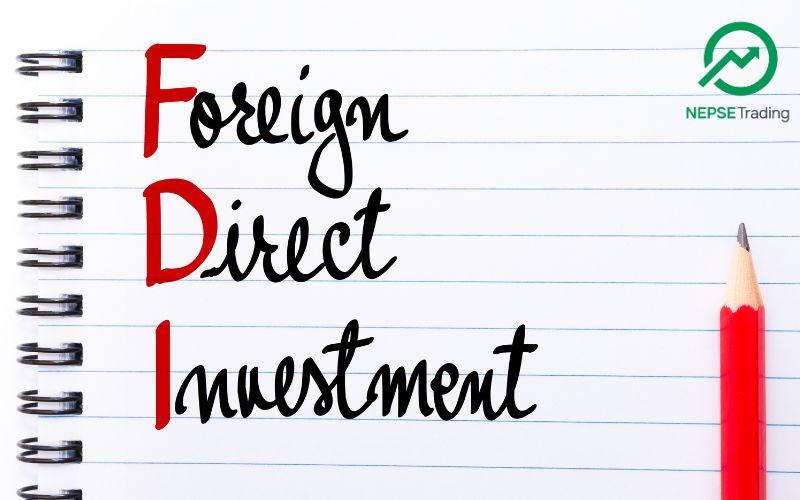By Dipesh Ghimire
Nepal's Economic Trends: Analyzing Macroeconomic Indicators Over Five Years

Nepal's macroeconomic landscape has witnessed significant shifts over the last five years, highlighting challenges and potential opportunities for sustainable growth. The annual data provides insights into key economic variables, shedding light on the nation's trajectory.
Real GDP Growth Reflects Economic Volatility
The Real GDP at basic price paints a mixed picture. After a contraction of -2.4% in 2019/20, attributed to the pandemic's economic impact, growth rebounded to 4.5% in 2020/21 and peaked at 5.3% in 2021/22. However, economic momentum slowed in the subsequent years, registering modest growth of 2.3% in 2022/23 and a projected 3.5% in 2023/24. This slowdown reflects a combination of global economic uncertainties and domestic challenges, including policy inefficiencies and low productivity in key sectors.

Nominal GDP Growth Slows
Nominal GDP at purchasers' price, which provides a broader perspective of economic output in monetary terms, displayed robust growth in 2020/21 (11.9%) and 2021/22 (14.3%). However, this growth decelerated to 7.5% in 2022/23 and is projected at 6.7% for 2023/24. This trend suggests a weakening economic dynamism, possibly influenced by subdued investment flows and inflationary pressures.
Savings and Investments
Nepal's savings and investment ratios indicate shifting priorities. Gross Domestic Savings (as a percentage of GDP) increased from 5.7% in 2019/20 to 7.6% in 2023/24, hinting at better household financial health. Meanwhile, Gross National Savings, which encompasses foreign remittances, rose sharply from 32.2% in 2019/20 to 36.2% in 2023/24, reinforcing Nepal's dependence on remittances to sustain the economy.
However, Gross Fixed Capital Formation (investment in infrastructure and long-term projects) fell from 30.5% in 2019/20 to 24.5% in 2023/24. This decline is a red flag, signaling reduced capital investments, which are crucial for long-term growth and job creation.
Key Concerns and Opportunities
The nominal GDP’s steady rise—from Rs 3888.7 billion in 2019/20 to an expected Rs 5704.8 billion in 2023/24—is overshadowed by slower real growth. With Gross Capital Formation dipping, the economy risks losing out on productivity gains. Policymakers must address bottlenecks in investment flows and focus on sectors like agriculture, hydropower, and tourism to revive growth.
On the brighter side, increased savings ratios and strong remittance inflows can serve as a foundation for boosting domestic consumption and investment. Strategic use of these resources can propel Nepal toward a more resilient economy.
The data underscores the need for a balanced economic strategy that encourages investment while leveraging savings and remittances. As Nepal navigates through external and internal challenges, fostering innovation, enhancing productivity, and ensuring policy stability will be key to sustaining economic growth in the coming years.









